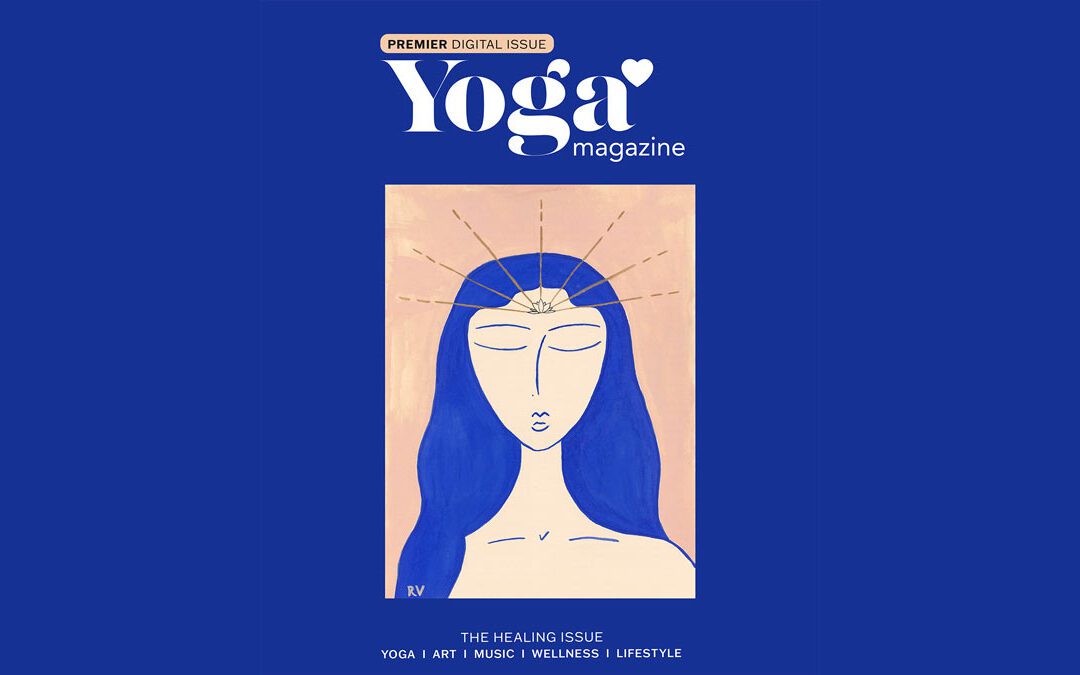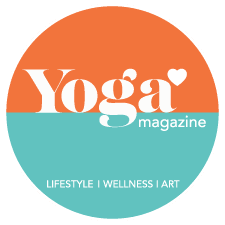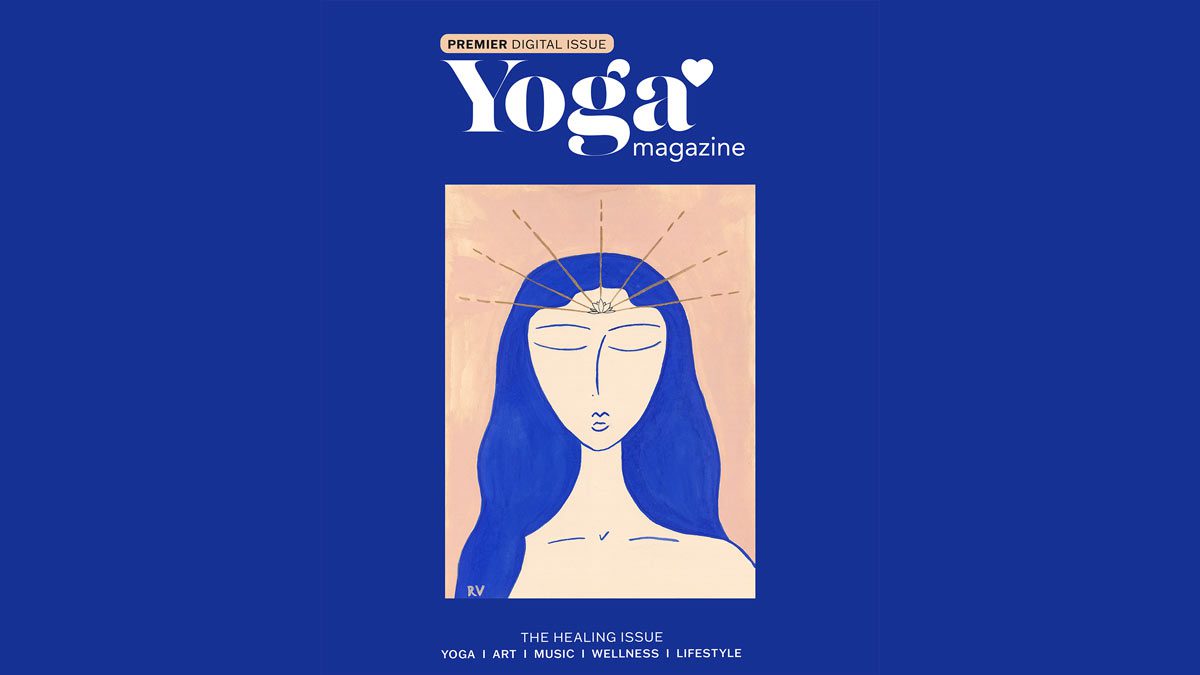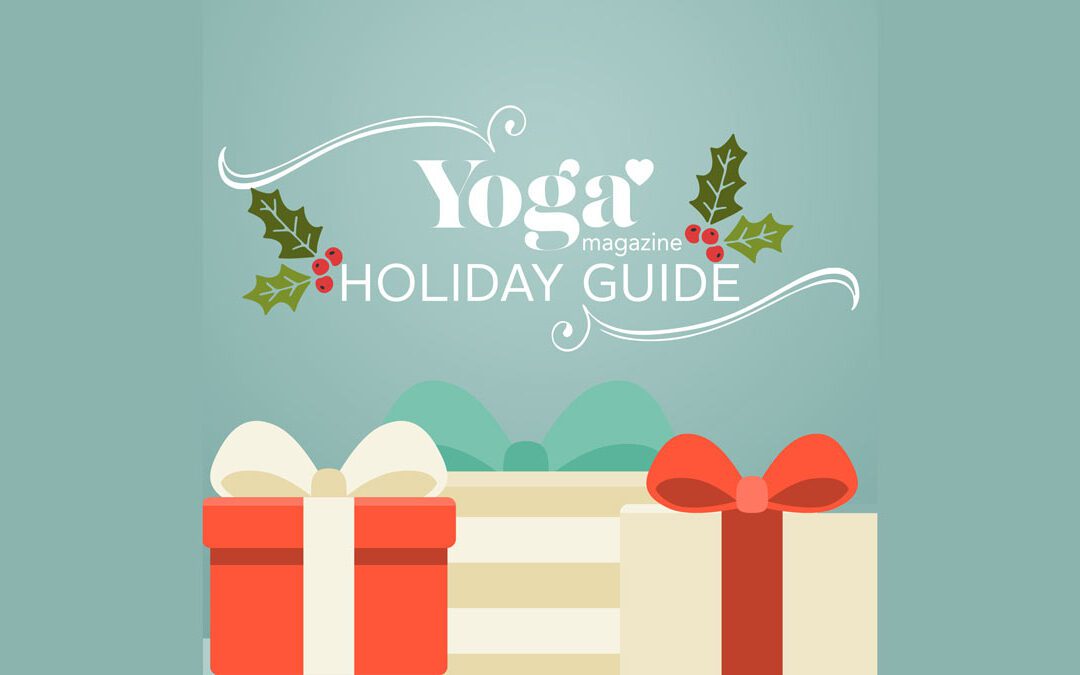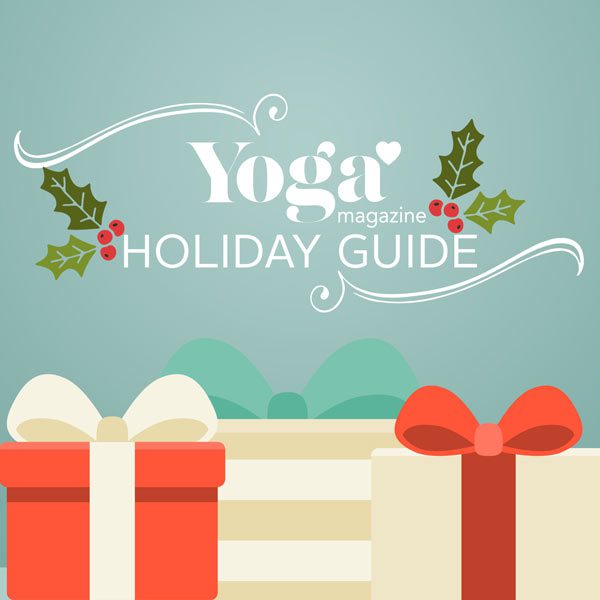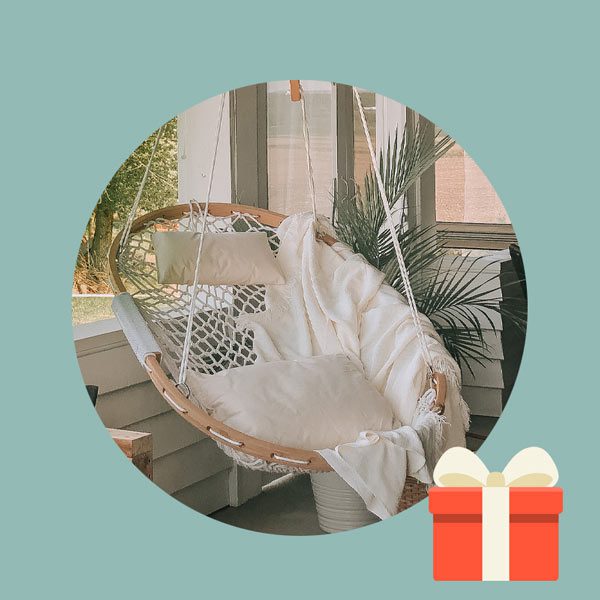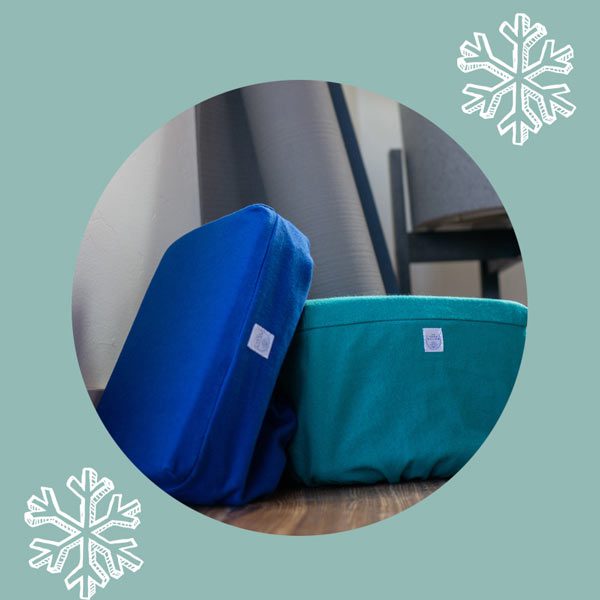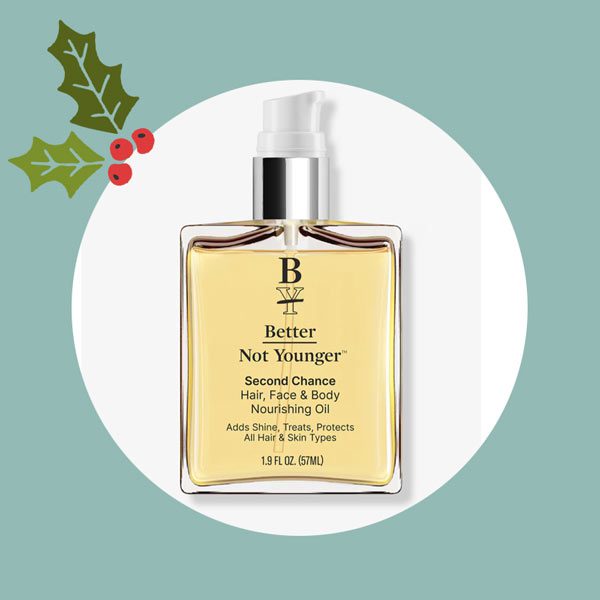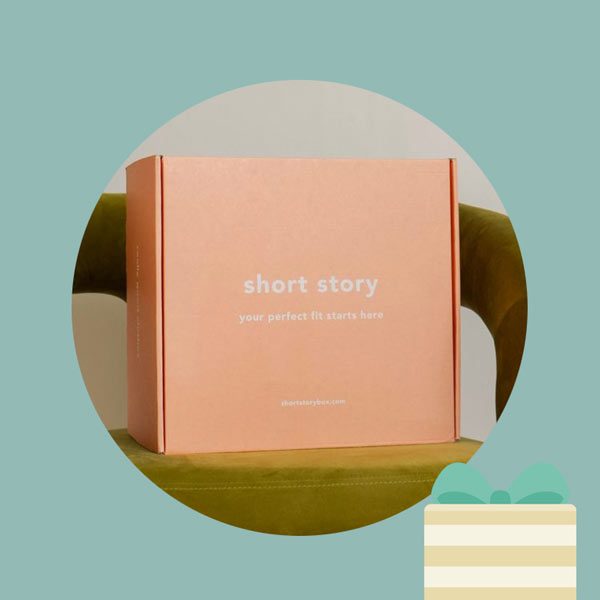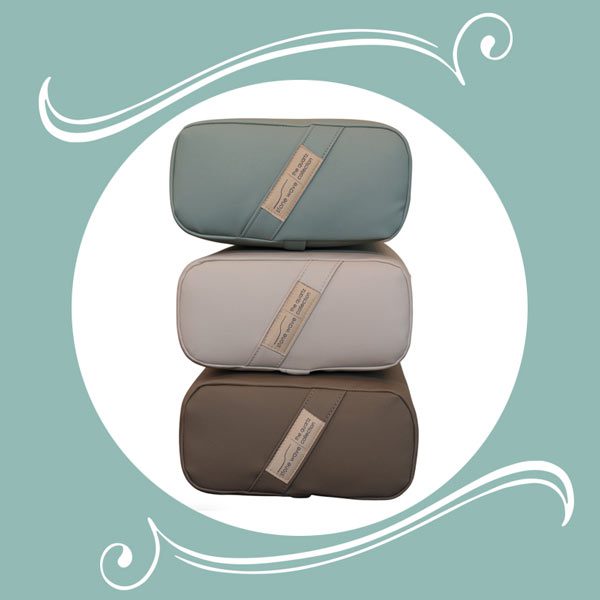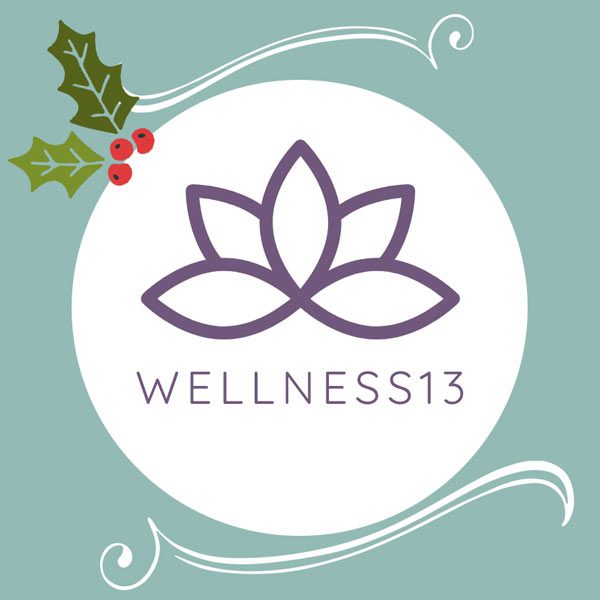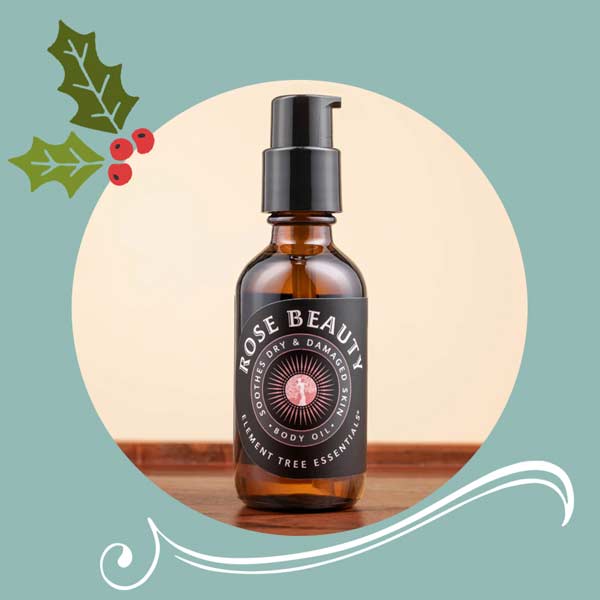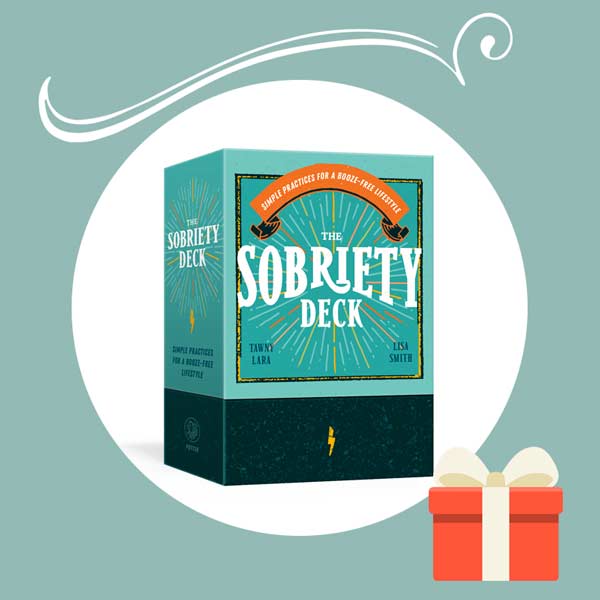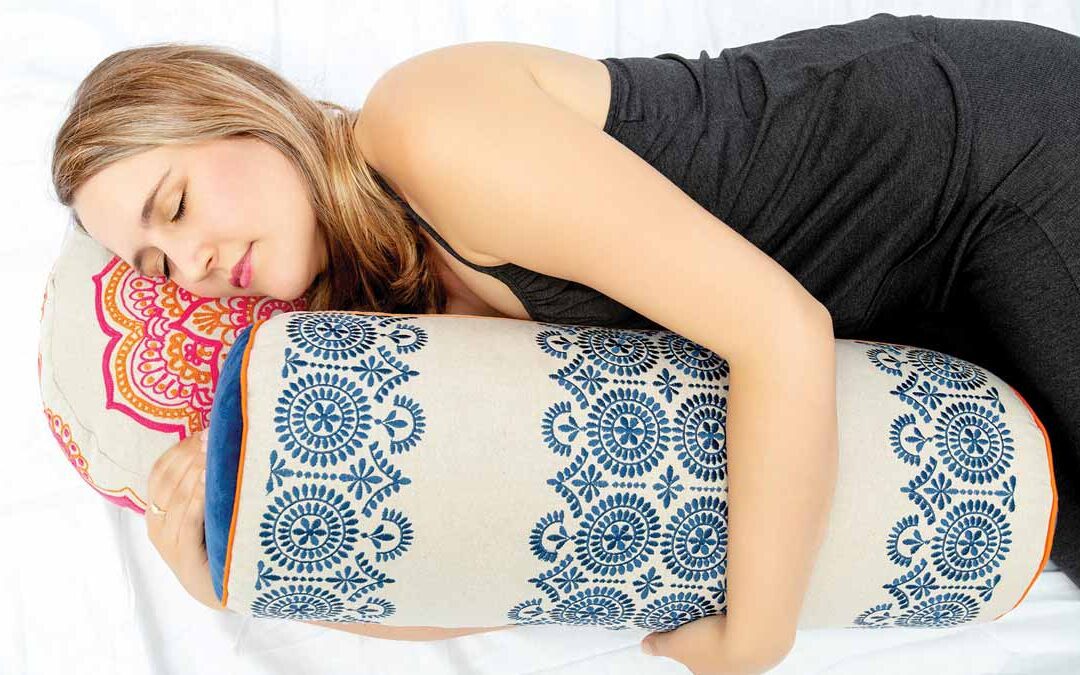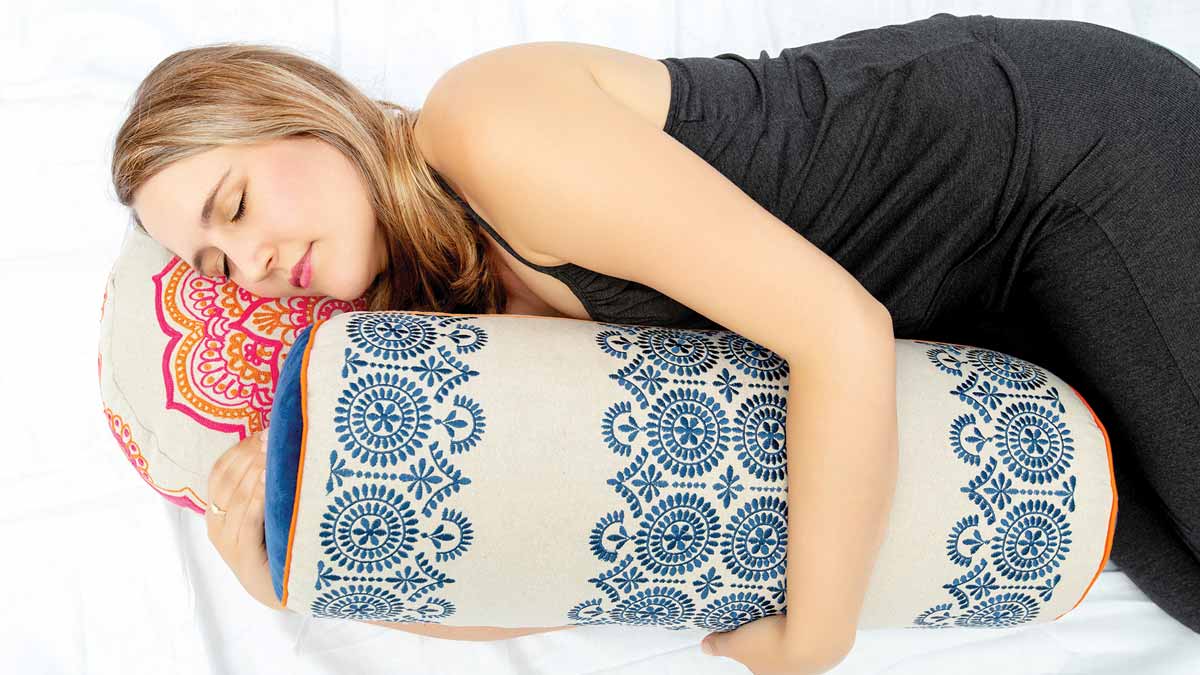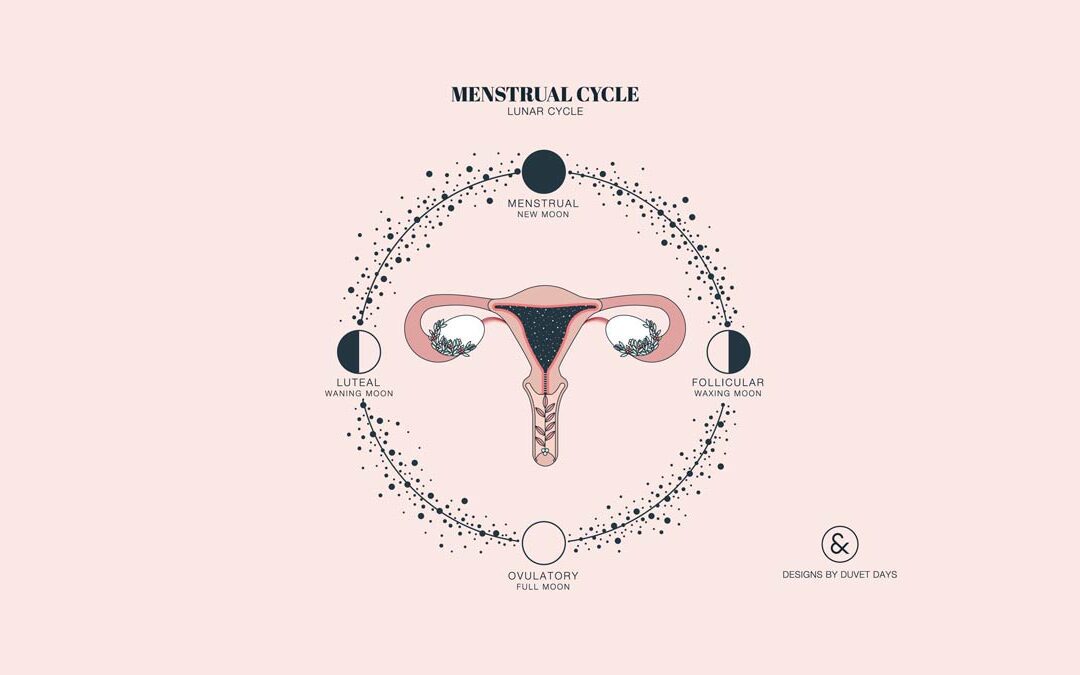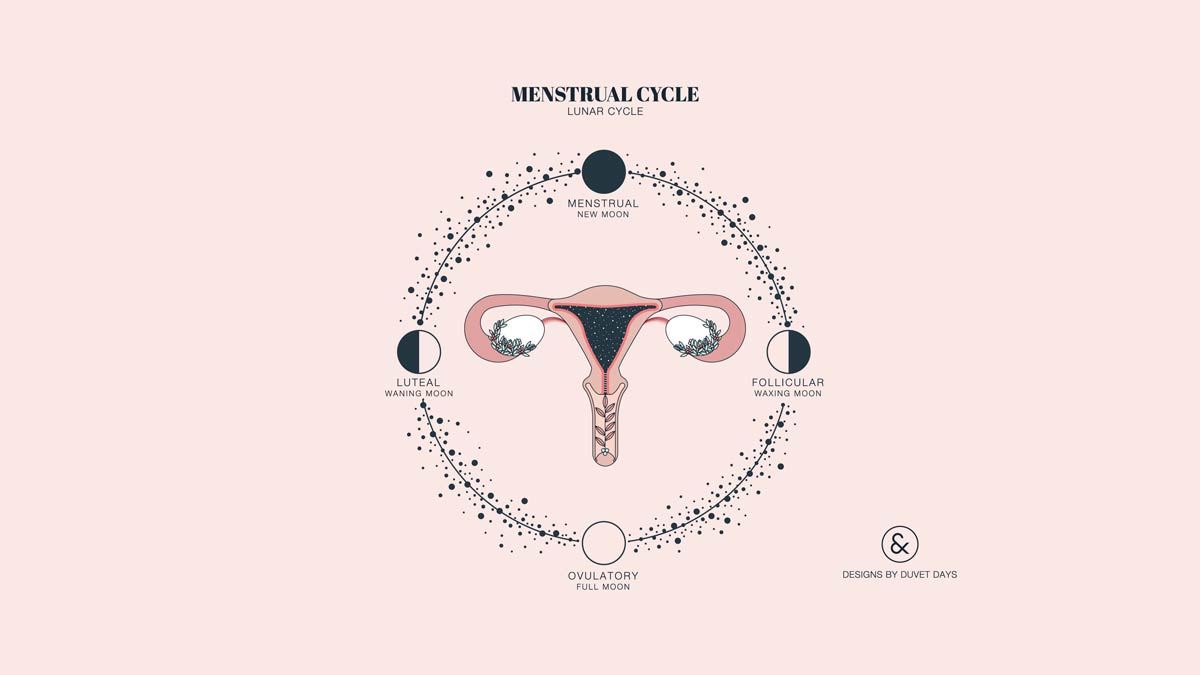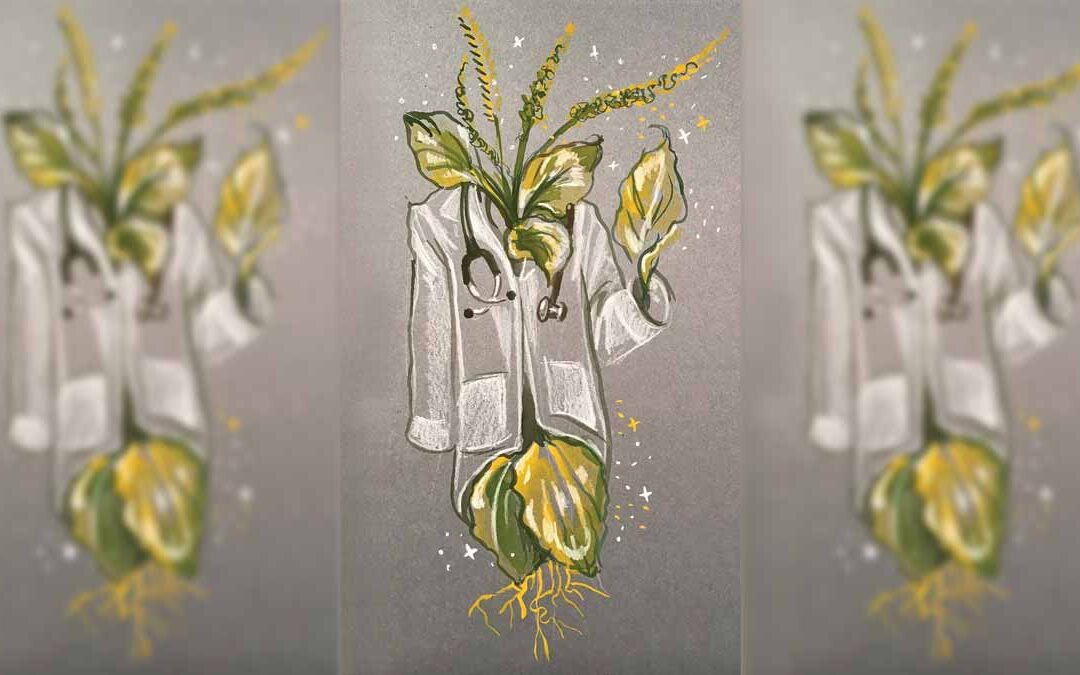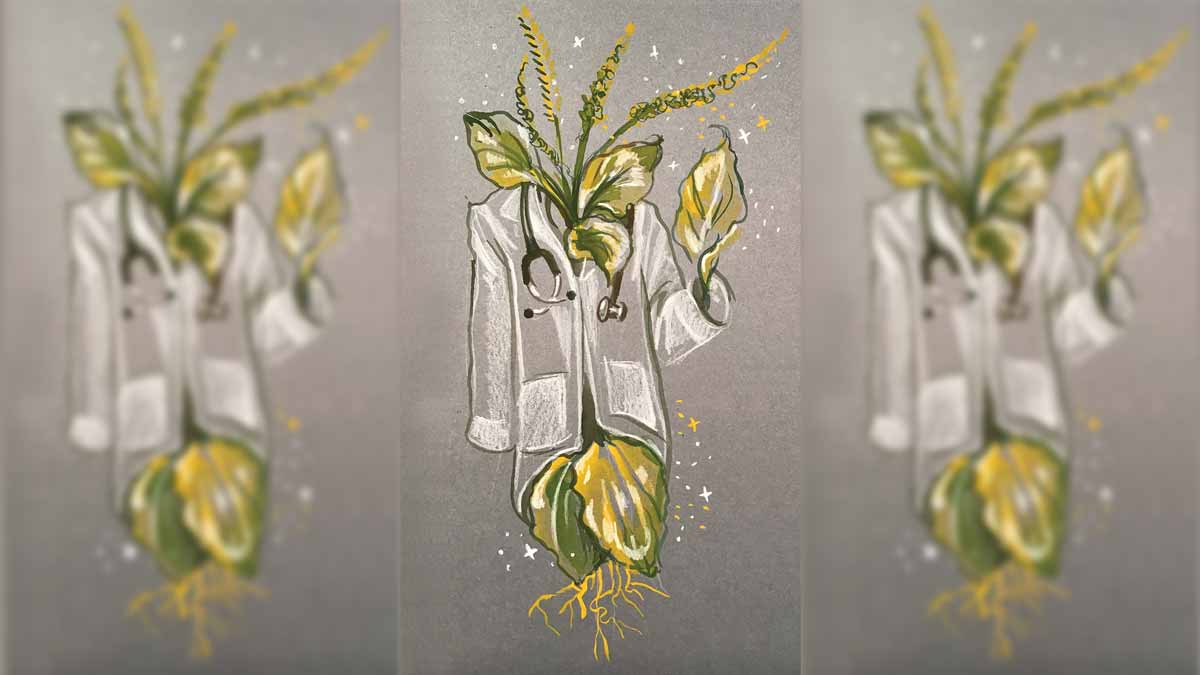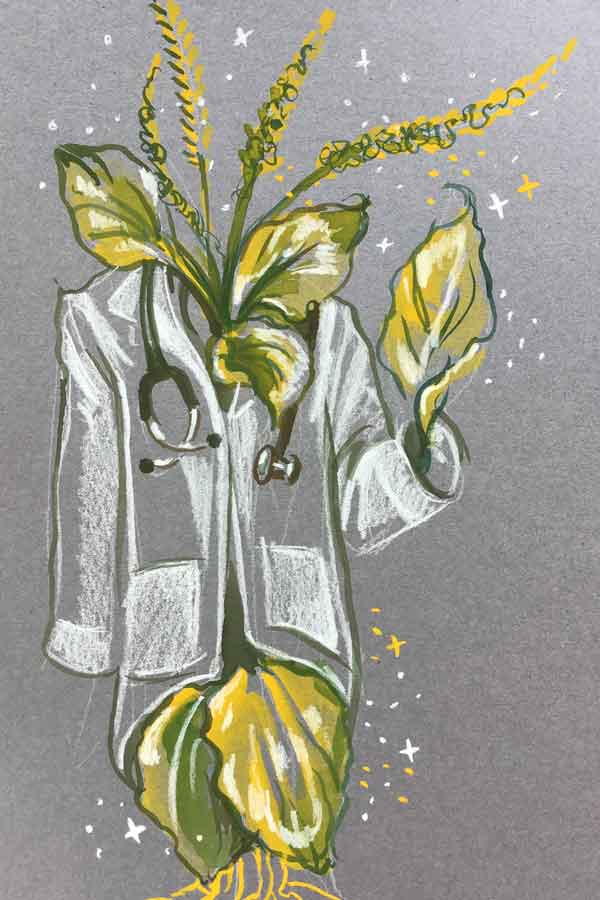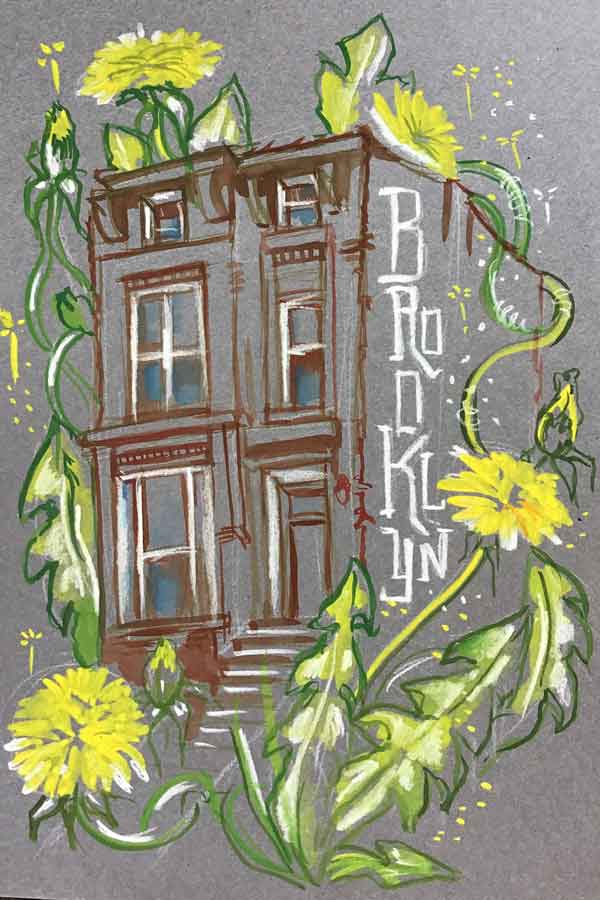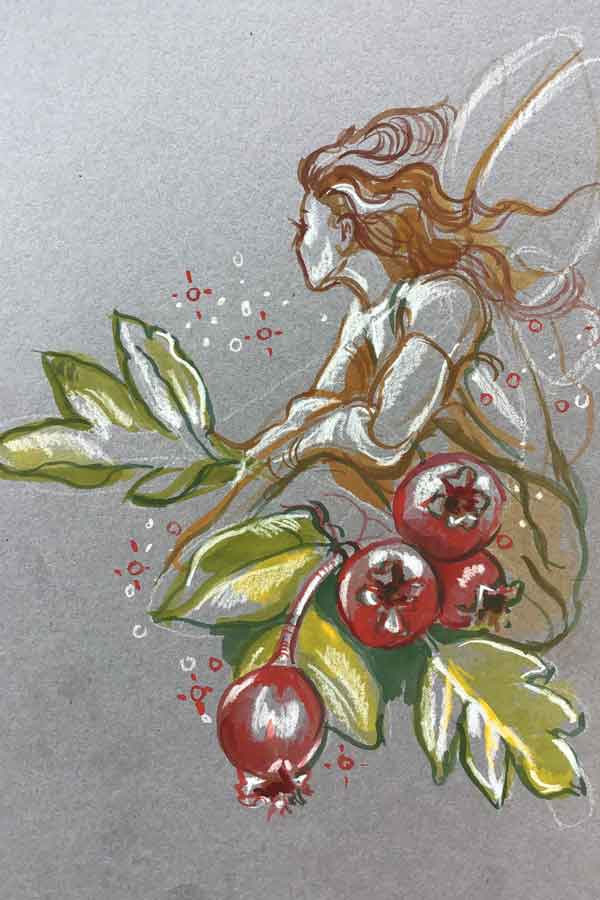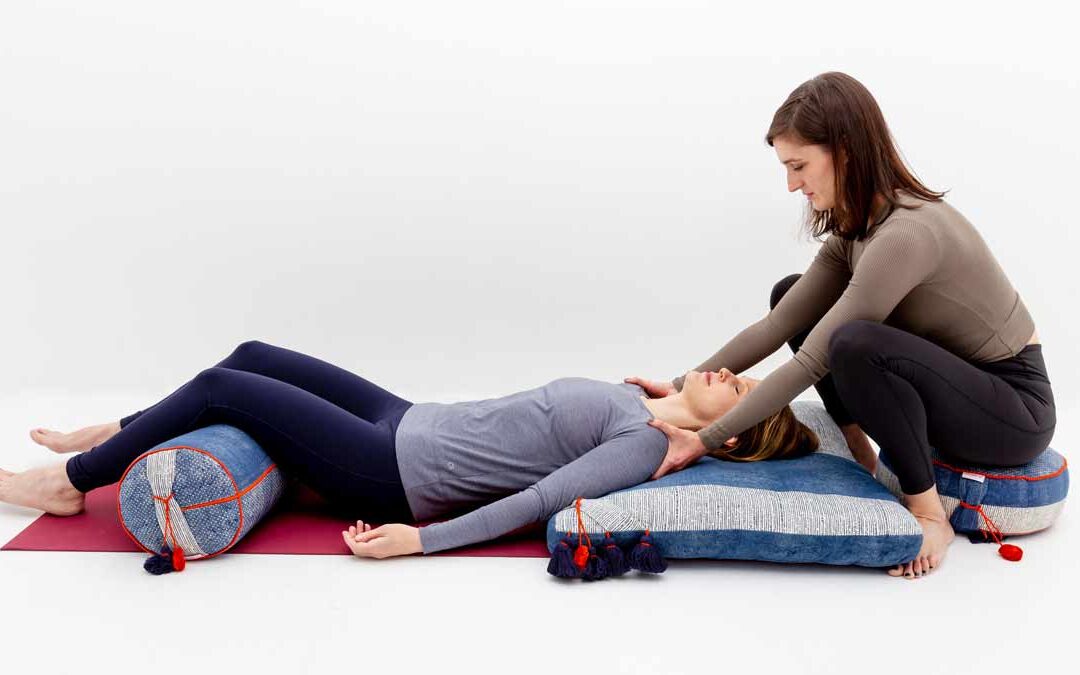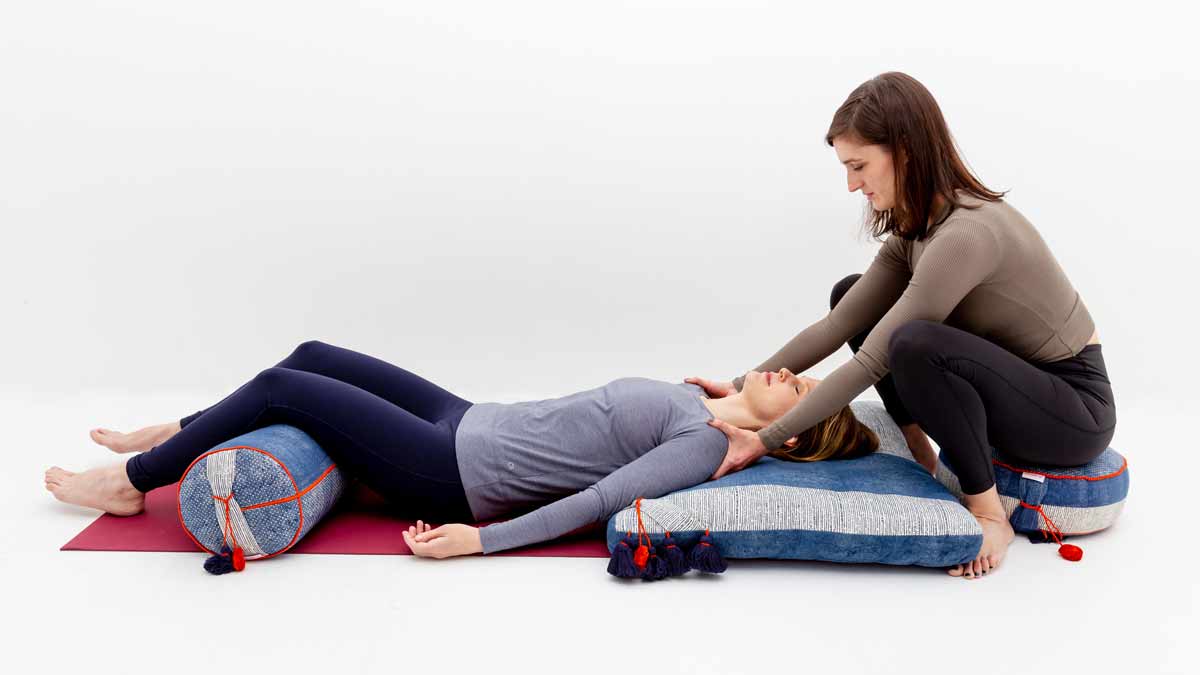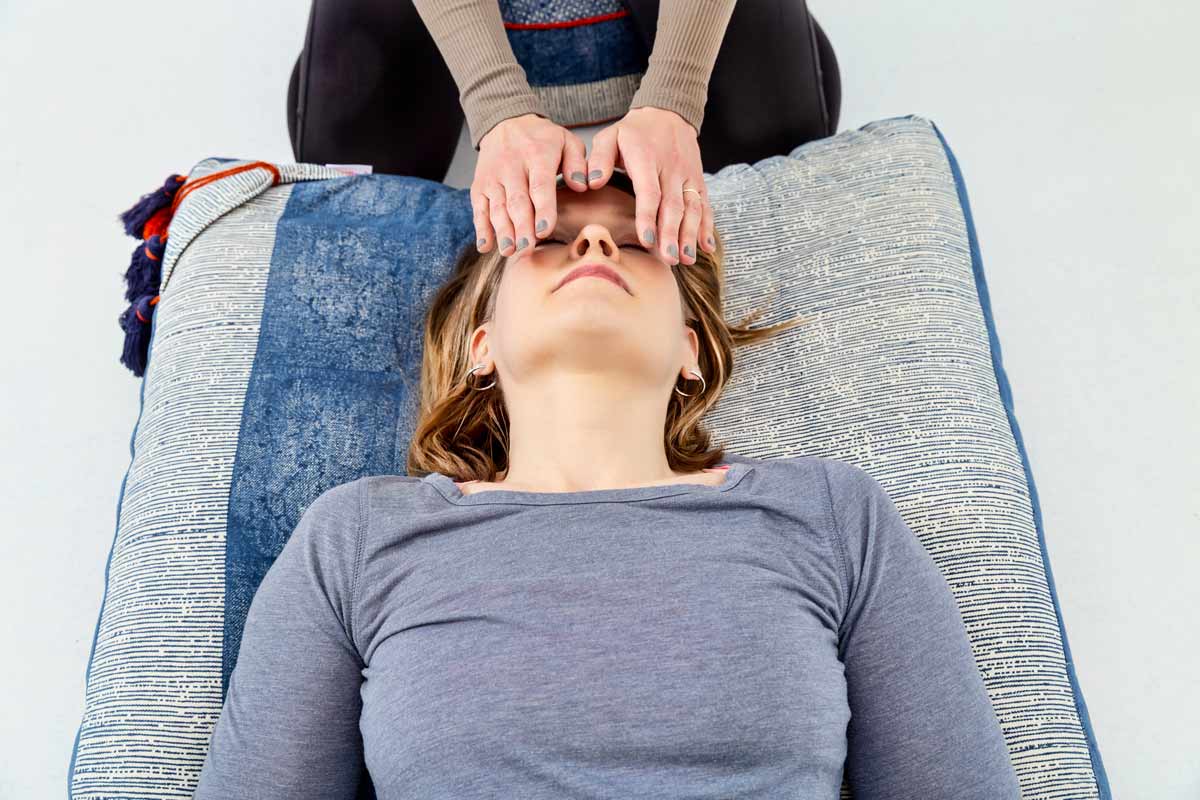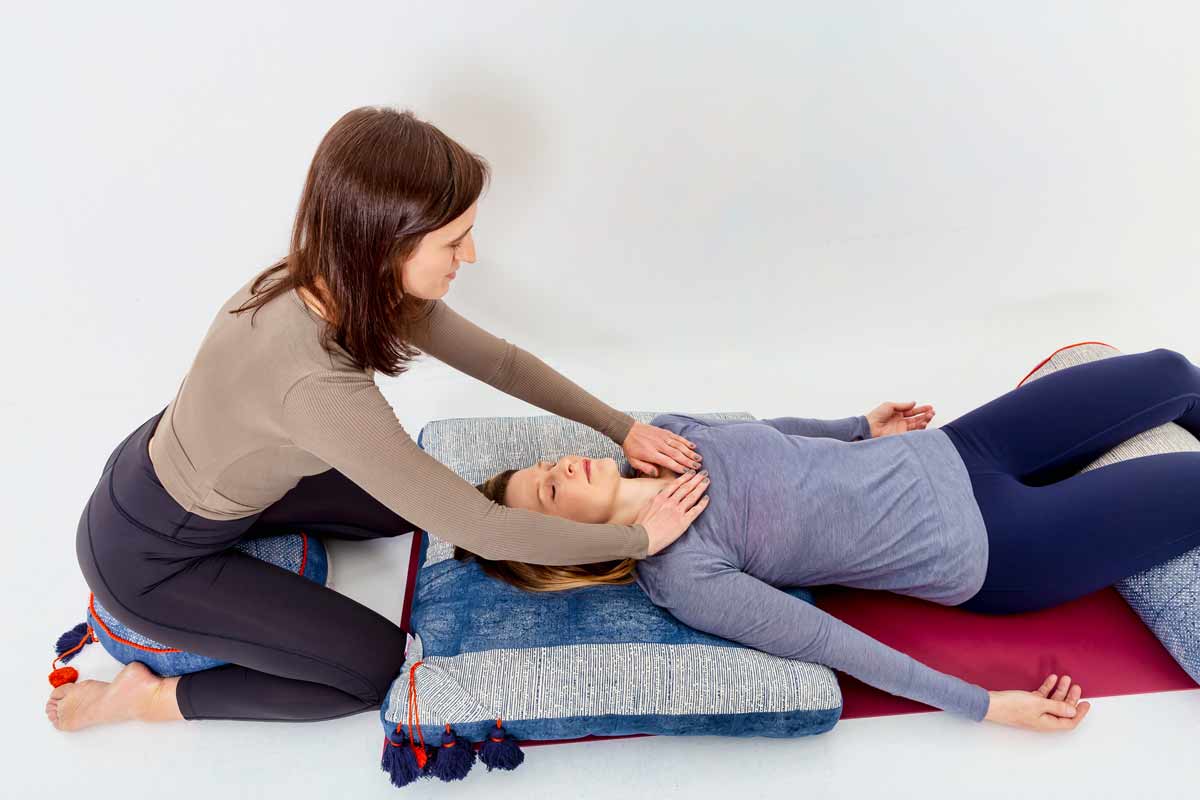Adrenal fatigue is a phrase we hear often in the wellness world, but what is it? As a licensed acupuncturist, I can say that the majority of what I treat can be described as stress related health issues; imbalances in the body created or exacerbated by prolonged and repetitive stress. Everyday I see how almost every bodily function is affected – digestion, sleep, immune function, blood pressure, pain, fertility, mood, hormone health and more. Recently the World Health Organization recognized “burn out” as a diagnosable condition (
1), perhaps opening the door to more exploration on how stress impacts our health. But how are the adrenals involved? And what happens when they get “fatigued?” I reached out Dr Miriam Rahav, a dual certified physician of internal medicine and functional medicine doctor, for some answers.
- https://www.who.int/mental_health/evidence/burn-out/en/
What is functional medicine? How is it different than standard care? And what are the kinds of things that you treat?
In functional medicine, we say that we want to work on root cause resolution. This depends wildly on the human sitting in front of me asking for help and the entire constellation of their being.
My formal training is as a general practitioner. If someone came in with high blood pressure, there are specific definitions…there is a bit of nutrition counseling, and of course, a lot of medications. We had tools, but we also had a certain time allotment in which to use those tools. And what I saw happening, which made me incredibly sad, was that if the tools weren’t working, there started to be almost a dread of that patient – you wanted to solve that problem, but you didn’t want to be in the room with a patient who had a problem you could not solve within five or ten minutes. I watched kind of the unraveling of the sacredness, the beauty, or the joy that could be in a provider-patient relationship.
That’s standard care.
Yes, that is the standard of care and it’s incredible that we know what we know. It comes from a depth of study and understanding of the body. But sometimes someone would come into my office and they would have diabetes, hypertension, high cholesterol, but they would also not feel well and not feel themselves. I could give them the medications and they’d say, “But Doc, I still don’t feel well…is there anything I can do other than the medications you have prescribed?” I wanted to be able to meet the requests of these humans who were not feeling well, who were vulnerable and who were asking me for help.
It’s more intuitive to explain functional medicine through the lens of a human being and the problem, and what I call a 360-degree wraparound plan of care. But it wouldn’t just be a laundry list of things that might just be good for you to do. It would be based on that person’s biology.
For example, during my residency in the Bronx, there was a lack of access to fresh foods. And so sometimes my therapeutic plan of care would be sussing out the farmers market schedule, how they would get there, did they have transportation, etc. And then if they were able to buy those fresh foods, how would they cook them and I would Google recipes and print them out.
So it is a 360-degree approach to the entire person. What is going on in their life, what their lifestyle choices are, what they are eating, what their stress levels are, And personalizing care for that person?
Right, what their genetics are, what their environmental exposures are, and every human who is struggling with a health imbalance will have antecedents -–those could be myriad. We think of it as the functional medicine matrix. We look at all of the factors influencing a person’s health, including social, cultural, life circumstances, everything.
For example, not being able to get fresh produce in the Bronx…
Right. That might be an antecedent because it puts you at risk for vitamin and mineral imbalances, or blood sugar imbalances. And then there are triggers – where your body is maintaining a certain balance and then something pushes you over the edge. Maybe it’s a big life stressor, maybe it’s getting an acute illness, or taking a course of antibiotics, which can begin a kind of a snowball. Maybe someone says, “Well, my digestion wasn’t good but then my husband filed for divorce and ever since then I’m so bloated, and I look like I’m pregnant.” So, there might have been an antecedent, but there’s also a trigger. And then there are certain things that might perpetuate that imbalance. Once that imbalance is in place, certain foods might be feeding the wrong population of gut flora that are perpetuating bacterial overgrowth, or yeast overgrowth, which could manifest in fatigue, joint pain, and headaches. It might be a seemingly unrelated constellation of symptoms that come from a similar root cause. so, we would think about it in terms of the functional medicine matrix – what is contributing to that health imbalance, what was the trigger, what were the vulnerabilities that allowed that trigger to push them over the edge,and we address as many or all of those pieces of the puzzle as we can to bring the person back into optimal balance.
You take the time to figure all of that out, which separates you from standard care.
When humans come to me, who I call in my mind and in my heart, “partners in healing,” because it really is a healing partnership, they’ve gone to other physicians, sometimes many, who have done their utmost within the scope of their training to advocate, to investigate, and to treat my partner in healing.
But their tools are limited.
The tools are limited. And also the system is limited. What I started seeing happening in my early training and residency, within the time allotment and with the tools we had, we started to experience failure. And I really love and respect my colleagues. However, if all the tools that I acquired with the intention of being of service have not been able to answer the need of a patient, what functional medicine does, is it expands the menu. It’s evidence-based medicine the way I was trained, but expanding the toolkit.
Let’s talk about adrenal fatigue or “burnout”
Our adrenals are little glands that sit like little snow caps on top of our kidneys. Our adrenals are chiefly responsible for making cortisol. And the reason I say chiefly, is because the adrenals also make other wonderful hormones. In medical training, we had a mnemonic for the function of the adrenals; it was sugar, salt, and sex. Sugar is cortisol – cortisol raises blood sugar, and that’s the stress response. We have evolved over millennia to be able to escape from the bear who’s chasing us. We survived because we mounted a stress response, which either gives the energy to climb up a tree or run really fast, or fight. To be standing here today, we had to be able to mount a massive stress response – that is tied to our survival. And that’s cortisol. But there are all these other interesting hormones that the adrenals make. There’s one called aldosterone, which helps us with salt balance, and is part of regulating our blood pressure. And sex hormones. We think of the ovaries or the testes as making our hormones, and that’s true, but the adrenals can also make those hormones. The adrenals make estrogen and progesterone and testosterone. So, if there is something that is causing stress in our body, it affects our adrenals, which essentially affects everything.
This is always an interesting conversation that I have with people, sometimes they say, “But I’m totally relaxed, my life is great, my kids are doing well, I love my job, my partner is supportive.” But that is only one level of stress – there are others. What if your drinking water has lead and you’re amassing a load? That’s stress on your body, You don’t feel it as an emotion, but that’s a huge stress.
So, stress can be physical OR emotional…
We are complex. Every human being is a universe, and is as complex as the universe itself. And in that universe, we have any number of stimuli. It could be light exposure, or exhaust from cars, or a check bouncing and not being able to make rent, or your boss yelling at you, or a food sensitivity. Anything that the body could experience as stress, whether you experience it as an emotion or not, the body will need to respond to with a stress response. Infinite possibilities of stimuli and one response. The body has a finite number of responses. What can the adrenals do? They can make cortisol, or they can make cortisol. Therefore, we have to look at the adrenals with that same 360-degree approach. How will overworked adrenals manifest? When we have a stressor and the adrenals respond, they make more cortisol. But that’s a process and it requires resources. We need our B vitamins, vitamin C, amino acids. If one of our stressors is that we have a chronic gut infection that is starting to affect our ability to assimilate those nutrients, we may be revving up the adrenals, but we’re not able to assimilate the ingredients they need to replenish themselves.
Another way the adrenals replenish themselves is while we rest. Sleep is a huge way that we replenish the adrenals. What if we’re running on empty, and we also have insomnia? We can start to understand how, over time, the adrenals get taxed, and can lose their ability to compensate. That’s usually when people walk through my door.
At first, cortisol is anti-inflammatory. In a stress response, we don’t feel pain – it’s a survival technique. That’s what allows us to fight the bear even if the bear tears open a flesh wound. That’s part of how we survive. But the converse is also true. When we can no longer mount a cortisol response, we’re going to have pain. An extreme version of this is fibromyalgia, which is just total body pain. Or the adrenals are involved in blood pressure regulation. So, someone who says, “when I change positions from sitting to standing, I start getting lightheaded.” That’s the inability of the body to maintain the blood pressure related to aldosterone (adrenal) deficiency. These are all signs, symptoms that our adrenals are depleted.
The symptoms I would associate with adrenal fatigue are fatigue, first of all, weight gain, hair loss, and depression.
You’re actually naming a lot of the classic signs and symptoms for hypothyroidism. They are related. One of the interesting things that goes beyond laboratory evidence is that when your cortisol is high, it can actually block the function of the thyroid on a cell level. You can have thyroid levels that look kind of within normal range, but you can still have functional hypothyroidism. If you have adrenal imbalances over time, it will affect the thyroid. And of course sex hormones. Sex hormones are the last priority. So, if sex goes, it’s one of the signs that hormones are off, that the body is under stress. When sex comes back it’s a sign that your hormones are reconstituting. There’s a pyramid (for hormones) and the base, the foundation, is adrenals (then thyroid, and then sex on top).
On that note, let’s talk about the importance of rest.
Cortisol follows a circadian rhythm. If cortisol is in balance it should peak within 20 minutes of waking. In fact, in a normal sleep and wake cycle, cortisol should rise as light hits the back of your eyelids. If we’re not mounting that peak, we don’t feel like we’re awake, we don’t feel like we can get out of bed. That’s a cardinal sign of the adrenals burning out. Or someone telling me, “I have a really hard time getting up in the morning, can’t open my eyes until that first cup of coffee.” Some people need a nap at 4pm, but then get a second wind, and are up all night. That’s adrenal imbalance. It’s like waves. The top of the wave should be in the morning and then you have this gradual going down, down, down, and then the bottom of the wave should be the feeling of, I’m ready for bed, I’m going to call it a night. Ideally, we’re hitting that before midnight, and we’re going to lie down, to get that deep, restful sleep, that replenishment. It’s the time when our brain detoxes, our liver detoxes. If instead, we started low in the morning, and we go from low to high instead of high to low, we’re not going to get restful sleep, and that can create a vicious cycle where we’re not getting the rest we need — we’re not replenishing.
Let’s talk about that, because the modern lifestyle changes makes that kind of natural rhythm nearly impossible for most people…people are working 24 hours a day.
Well, now we have technology. I’ll share something that I love from a brilliant functional medicine gynecologist named Bethany Hayes. She asked this question: “How many of you go to sleep when sleepy arrives?” It’s such a simple question. And the answer is we don’t, we push back sleepy, because we have a deadline, or read stories to your kids so that they can go to sleep, and then get things done for tomorrow, and place orders on Amazon Fresh. Oftentimes it involves blue light and the screen,which blocks melatonin. So we are not getting that sleep, we’re not restoring our adrenals. We’re living in that perpetual state of yin deficiency, or parasympathetic deficiency and sympathetic drive, which burns the adrenals out over time. Even if there isn’t something specifically stressing out your system, just the lack of downtime, the lack of rest, of deep, nourishing rest is going to affect your health.
Recently, the World Health Organization recognized burnout as a diagnosable condition. How do you feel about that?
Breaking the silence on burnout is a huge conversation. For example physicians and nurses. There is a great opinion piece, by a physician named Danielle Ofri in the New York Times about the exploitation of doctors and nurses in a system where we have a ratio of 10 administrators to one healthcare provider, and how there’s no more operational efficiency that can be optimized. It’s impossible for a doctor to do the right thing within the 10 or 15 minutes that we’re allotted, so we give of our own time. And so there is burnout. In the physician population, we have the highest rate of suicide of any profession. I’m deeply committed to speaking out about this. I’m very involved in a wonderful organization called the Gold Humanism Honor Society which is trying to cultivate values of humanism in medicine for the humans we are caring for and the humans we are. My antidote to that is the practice of functional medicine, where I get to practice what I signed up for. I get to hold humans in their entirety and care for them in their entirety. There’s a profound insight that grows out of that work. And there is a profound exchange. And we’re able to do impactful work that helps people truly feel better, and function better. It changes your entire, not just health trajectory, but life trajectory. Functional medicine is my antidote to burn-out because it’s about becoming the change we want to see. First, as a human and then as a practitioner practicing the way I believe medicine should be practiced, and caring for others the way I wish I would be cared for. And in fulfilling those things, I have joy, and the wonderful humans I’m so honored to work with have joy, too.
Miriam Rahav, M.D. is a dual board certified physician in the fields of internal medicine and hospice and palliative medicine. Dr. Rahav also has many years of training and clinical experience in integrative medicine and functional medicine. She currently practices medicine in New York City where she is the founder and owner of Rahav Wellness,
rahavwellness.com
